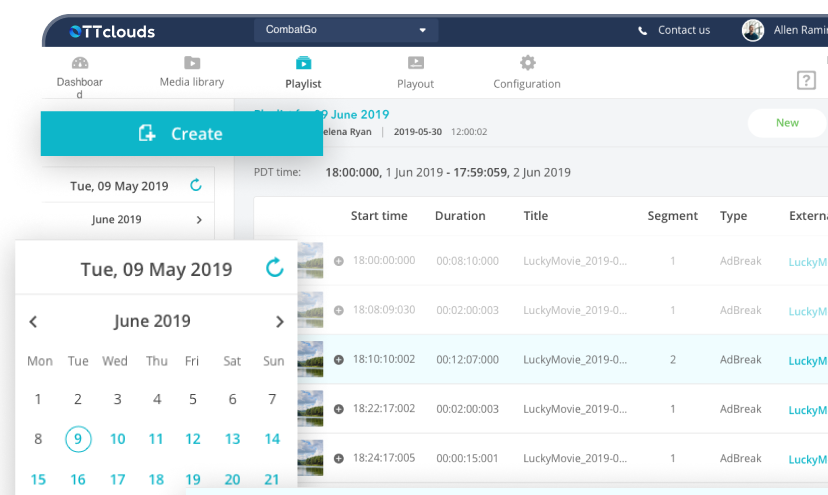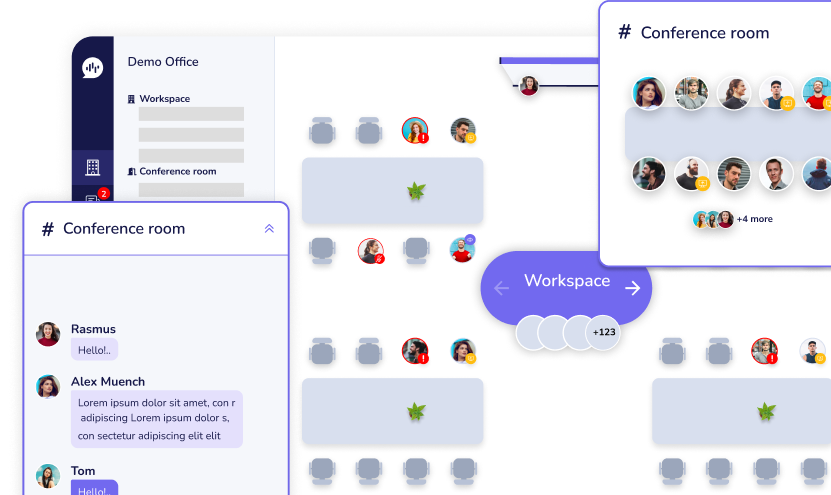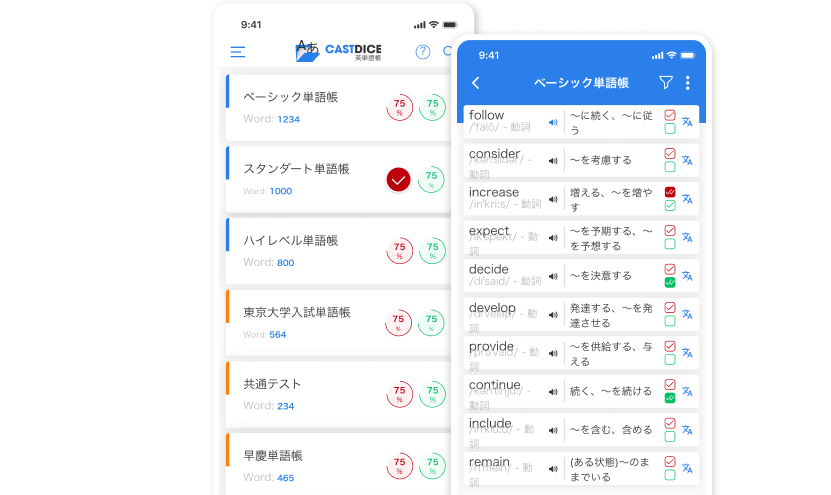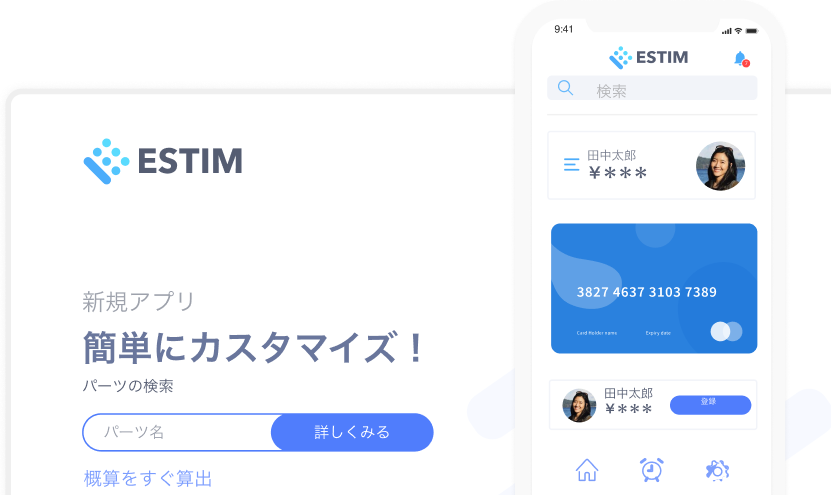Shopify Custom Apps in the Japanese Market
01/08/2023
2.17k
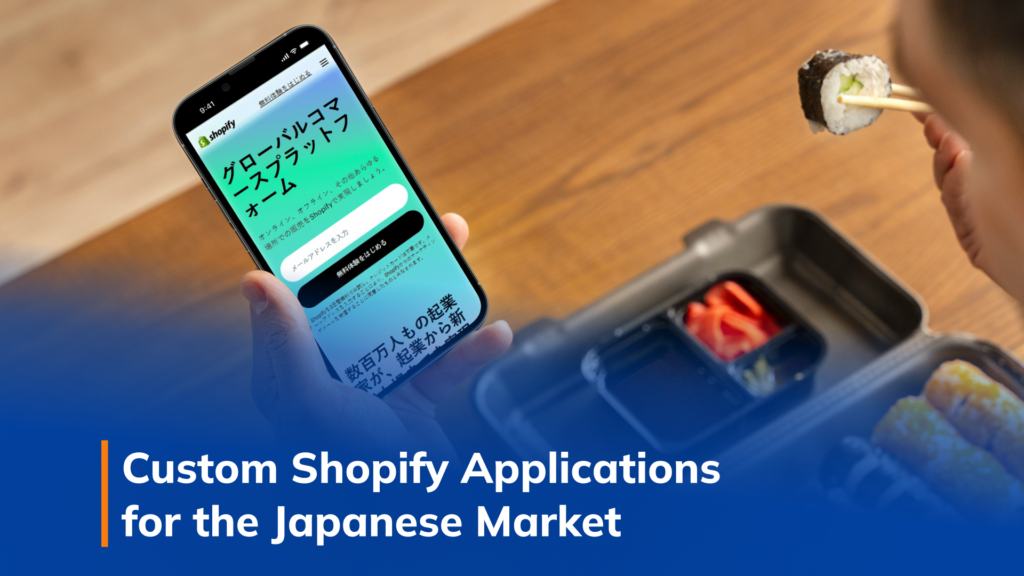
Creating a Team of Shopify Professionals
The beginning of our relationship with the Japanese branding company, Fracta, began with a single project, Makuake STORE. The project became a catalyst for what would blossom into a new partnership. Fracta understands the nuances of corporate branding in Japan, as well as the requirements for the Japanese market. They are also a Shopify evangelist and expert in Japan, and over the years they have established themselves as a premier expert of the platform. At SupremeTech, we provide Fracta with additional technical expertise and the ability to develop Shopify custom apps for their clients.
However, Japan is relatively behind the rest of the world when it comes to the realm of eCommerce. Less than a decade ago, there were hardly any platform options for entrepreneurs to start and manage their own eCommerce business. Shopify officially registered in Japan in 2017, and the prevalence of the eCommerce platform has grown. Shopify is becoming the go-to eCommerce platform in Japan and for good reason. It offers all of the customizability that the Japanese market craves. But Shopify’s plethora of public apps alone is by no means perfect and custom apps still require technical expertise.
We coupled our expertise in custom application development together with our partner’s deep knowledge of branding, business development, UI/UX, and Shopify services to create online stores that go beyond the standard Shopify offerings. Fracta understands the fine details of Japanese aesthetics and is able to create beautiful themes for the powerful online stores behind them. We make sure that the solutions provided to our clients are exactly what they need. Nothing more, nothing less.
Shopify Online Store Branding and Custom Apps
One day, a client of Fracta came to them with the desire to migrate their current online store to Shopify from another eCommerce platform. The client’s store was already mature and contained large amounts of data. At this time, Shopify did not have an appropriate means for which to transfer all of this data over from a different platform – at least, not without shutting down operations for an extended period of time.
This is when Fracta approached us with a second project. They asked that we help them build a custom app that could effectively transfer all of the data for their client in a little time possible. It was at this point that we developed our custom app, ST-migrator. This app breaks down large chunks of data into more manageable pieces. With ST-migrator we were able to securely transfer all of the data within two hours using this method.
Communication with Fracta is conducted regularly via Slack, as well as online meetings. It was clear early that communication would not be an issue. We have Japanese-speaking Business Analysts to help smooth over language barriers. However, the engineers of both companies were more than capable of communicating technical requirements via English. We found that this not only made the life of the Business Analyst easier but also strengthened the teamwork and project understanding between both teams.
The success of ST-migrator is ultimately what sealed the deal for our newfound partnership. We knew that we could find tremendous success by combining Fracta’s expertise in the Japanese market and the feedback they received from their valued clients, combined with our ability to create customizations for the Shopify platform.
“We stay updated with the Shopify changelog and conduct R&D in order to find new customizations that we believe will help numerous Shopify users in Japan.”
Following the success of ST-migrator and the advent of the partnership, we knew that it was a good match, like peanut butter and chocolate. Then another project arose. We started developing a custom app called ST-SSO (single sign-on) for a client wanting to implement SSO in their store. Not long after, we started another custom app, ST-Delete Me, which allows the users of a client’s online store to deactivate their account. All of the applications added a feature to the clients’ stores that Shopify cannot provide on its own.
In many cases, Fracta receives a specific request from a client, then approaches us with a new business requirement. Then we determine what type of Shopify custom apps, if any, are needed. However, not all of our development with Fracta is done by client request. We decided to continuously search for new methods to improve the experience of not only current clients but also future clients. We stay updated on the Shopify changelog and conduct R&D in order to find new customizations that we believe will help numerous Shopify users in Japan.
In addition, SupremeTech also develops custom apps and features in-house using the data and market research provided by Fracta.

SupremeTech and eCommerce Software Development
We quickly realized that Japanese clients preferred custom apps to the public apps found in Shopify and Shopify Plus. They prefer to have a store that is tailored to their needs, without the added bulk and unnecessary features that come with public apps. This means that the Japanese market is ripe with clients looking for small adjustments and tweaks to most of the pre-existing features on Shopify and Shopify Plus.
Although our partner has extended knowledge of Shopify and Shopify Plus’ capabilities, they need our help to execute the development of the infinite possibilities for customization that Shopify provides. The customization can be as small as deleting a small feature from a preexisting public app that is not needed by the client, or it can be as large as creating an entirely new app from scratch. The ability to create Shopify custom apps is what makes it a great eCommerce platform.
Future Partnerships and Collaboration is Key
As SupremeTech continues to grow, we are always looking for new collaborators. We believe that partners such as Fracta have helped us develop our technical expertise and skills. This partnership has deepened our knowledge of eCommerce in Japan, and around the world. Our aim is to continue to create custom Shopify and Shopify Plus solutions for all types of businesses.
Our experience working with Japanese clients, who value customization and impeccable quality, can translate into any market. We hope to partner with like-minded organizations that have similar experiences in their market as with Fracta in Japan.
Contact us to get custom solutions for your Shopify business! We offer custom development services to streamline your store management and more!










